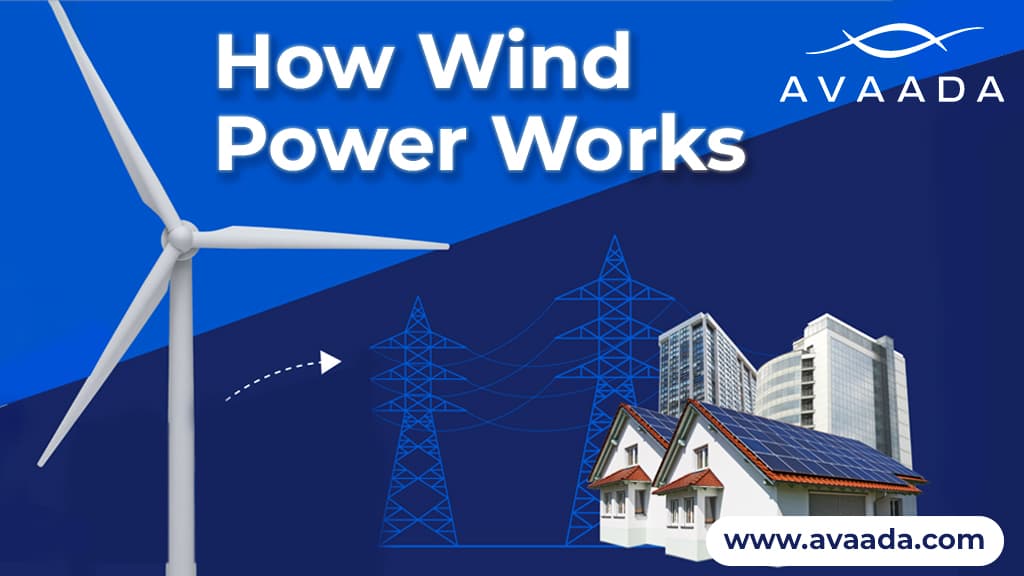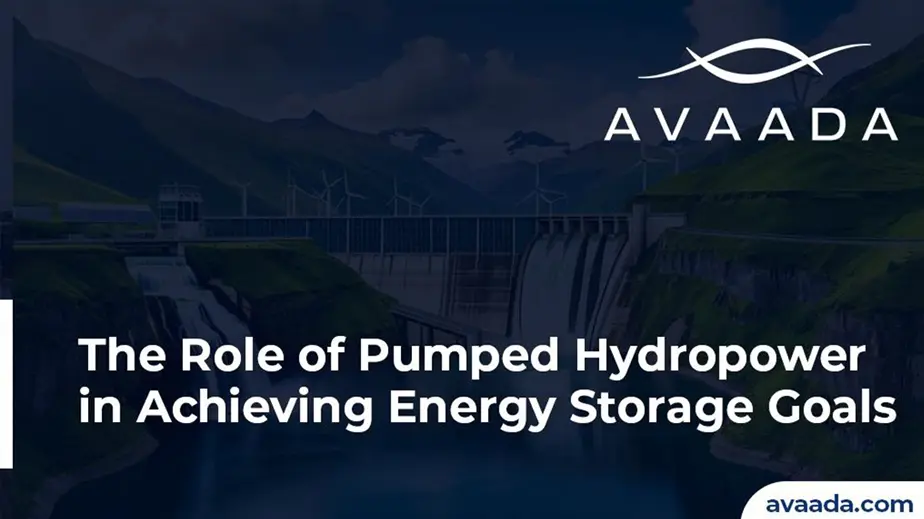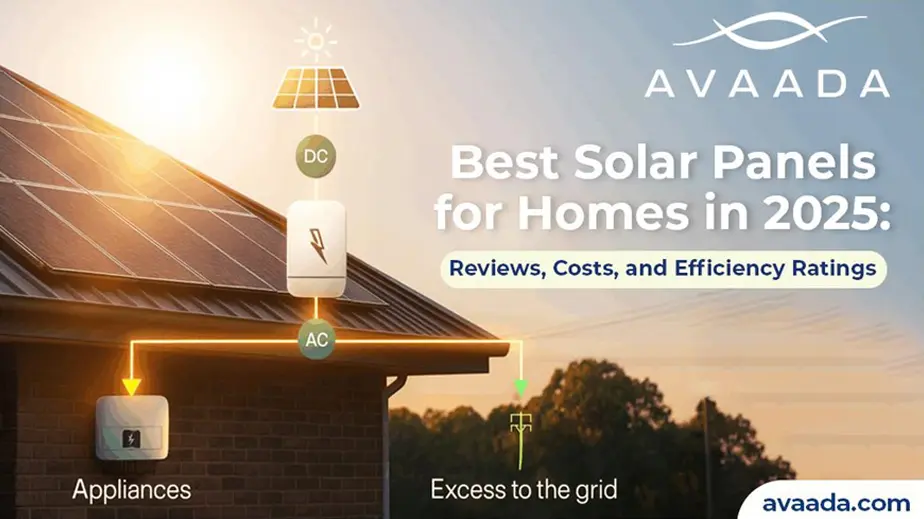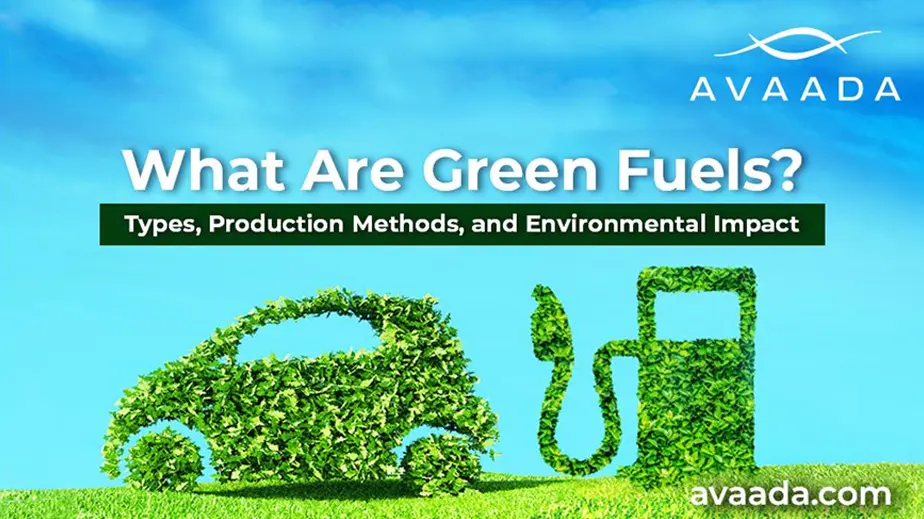With the world moving towards greener and cleaner sources of energy, wind energy has emerged as one of the most promising alternatives to fossil fuels. Utilising the natural energy of the wind, countries like India are rapidly investing in wind energy options to fulfil increasing demands for energy while decreasing carbon footprints. One of the key players in this transformation is Avaada, a leading renewable energy company committed to driving the shift toward sustainable energy through innovative wind power solutions.
In this blog, we’ll explore how wind energy works, its benefits, and the role of companies like Avaada in shaping the future of renewable energy in India.
What Is Wind Energy?
Wind Energy has been extensively used by humans for centuries. A clean and renewable resource, it can be harnessed without depleting natural resources or generating harmful emissions.
How Do Wind Turbines Work?
The basis of any solution to wind power is the wind turbine. Below is the step-by-step sequence of how wind turbines turn wind into electricity:
- Wind Blows: It begins with air movement generated by fluctuations in pressure and temperature within the Earth’s atmosphere.
- Turbine Blades Rotate: Wind makes the turbine blades rotate. Most turbines in existence consist of three blades fixed on a rotor.
- Rotor Spins Shaft: The rotor is connected to a shaft within the turbine. As the blades rotate, they make the shaft rotate.
- Gearbox Increases Speed: The shaft is connected to a gearbox that accelerates the rate of rotation appropriate for the generation of power.
- Generator Generates Electricity: The high-speed rotation drives a generator, which converts the mechanical energy into electricity.
- Electricity is Transmitted: The electricity that is generated is transmitted to a transformer and fed into the grid and made available for consumption.
Types of Wind Energy Systems
Wind energy exists in two primary types:
- Onshore Wind Farms: They are fixed-mounted turbines. They generally find places in rural settings, coastal areas, or open plains where the flow of wind is uninterrupted and consistent.
- Offshore Wind Farms: Offshore wind will be a core technology to deliver the large-scale, reliable, affordable and zero-carbon power needed to accelerate the global energy transition. As the renewable energy with the most decarbonisation potential per MW installed, the world will need to deploy offshore wind on a massive scale to displace fossil fuel-based generation. Offshore wind turbines receive stronger and more consistent winds but are costlier to install and maintain.
Discover how much power a wind turbine produces per rotation and the factors that influence its efficiency.
Advantages of Wind Energy
The application of wind energy systems enjoys several advantages, particularly to developing nations such as India:
- Clean and Renewable: Wind power does not produce any greenhouse gases once they are installed and running.
- Plentiful Resource: Wind is available and unlimited.
- Job Creation: Installation, development, and operation of wind farms create jobs.
- Low Cost of Operations: Wind turbines, after installation, have low operating and maintenance expenses.
- Energy Security: Minimises reliance on imported fossil fuels and increases national energy security.
Wind Energy in India: A Growing Force
India is a world leader in the installed capacity of wind power. With a good wind regime in Tamil Nadu, Gujarat, Maharashtra, and Karnataka states, the nation is fast developing its renewable energy base. Emerging technologies like floating wind farms and advanced storage systems will further increase the efficiency and reliability of wind energy solutions.
With decreasing technology prices, government initiatives, and growing awareness of climate change, the future of wind energy in India is bright. Hybrid power projects involving wind power in combination with solar power will be common, delivering round-the-clock clean power.
Learn about Reducing Operational Costs with Wind Energy on Telecom Towers
Government policies like the National Wind-Solar Hybrid Policy, the Green Energy Corridor, the Offshore Wind Policy, and the incentives under the Renewable Energy Development Program have helped encourage this development further. Led by its vision of achieving 500 GW of non-fossil fuel-based capacity by 2030, wind power heads India’s clean energy mission.
Avaada: Leading the Wind Energy Revolution
One of the top performers driving India’s clean energy revolution is Avaada. With its focus on sustainability and innovation, Avaada has been a pioneer in the development of wind energy solutions, along with hybrid wind-solar projects. Why Avaada stands out:
- State-of-the-Art Technology: Avaada makes use of the latest turbine technology to provide maximum efficiency.
- Strategic Geographical Choice: Their sites are located in high-wind potential areas in India.
- Sustainable Growth: Avaada incorporates environmental and social aspects into all projects.
As part of its overall purpose, Avaada hopes to enable India to achieve its ambitious renewable energy targets through scalable, affordable, and effective wind power solutions.
Conclusion
Companies like Avaada are leading the way in India, and the dream of a carbonless economy powered by clean, green sources of energy is shaping up. Whether you are a policymaker, student, investor, or environmental activist, the understanding of how wind energy works is the key to understanding its potential. With the right solutions to tap into wind power, the future not only becomes sustainable but also achievable.








